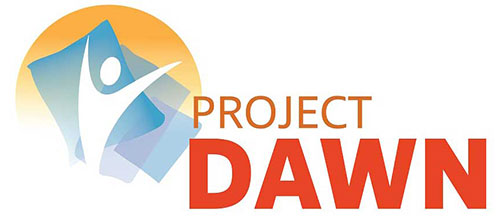A statewide initiative in Ohio to provide opioid overdose education and increase naloxone distribution at clinics and hospital emergency departments
Project DAWN (Deaths Avoided with Naloxone) is a network of opioid education and naloxone distribution programs in Ohio that distributes naloxone rescue kits at clinics and hospital emergency departments and provides training in opioid overdose prevention. This hospital-based opioid education and naloxone distribution (OEND) program dispenses take-home naloxone rescue kits to individuals treated in the emergency department for opioid overdose.
A comprehensive statewide toolkit is available online through the Ohio Department of Health on implementing a community take-home naloxone distribution program for lay responders in Ohio. The toolkit compiles Project DAWN-relevant documents and links, including sample naloxone protocols, policies and procedures; naloxone inventory and dispensing logs; guidance on naloxone billing, and training materials. The Ohio Department of Health also lists Project DAWN sites by county.









